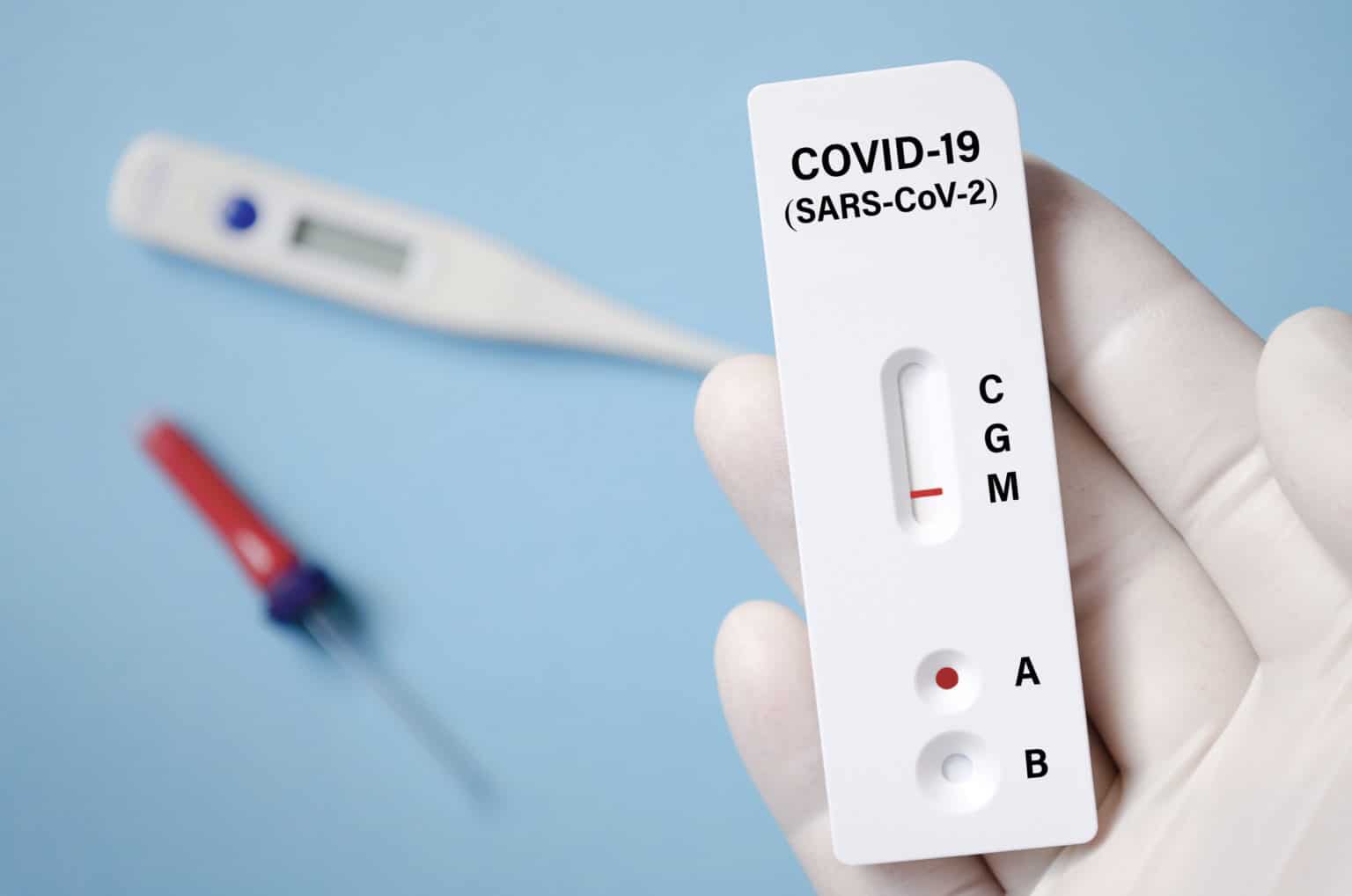
Part Category – this can be helpful to track separate types of parts, especially for valuation. Vendor information – Information to show who/where you order those parts.ĭetailed part #s – Typically, this is used to expand and include barcode #, part #, vendor part #, etc.
Youtrack test case management plus#
This ends up being several fields, as you have track these fields, plus the ordered/used cost and similar information. how you consume or use that item (typically by the each or ounce or similar). “how used” – This includes appropriate fields that differentiate between how you order something (typically by the case, bag, gallon or some other container title) vs. Location – Show precise information on where the parts are physically stored. There are numerous possible fields missing from the standard Excel template to consider – simply add these as new columns to your XLS. Quantity on order – This shows how many parts you have on order so you can keep track. This # will be updated in times where parts can take longer (or quicker) to receive. Reorder time in days – This is also called “lead time” and measures how long it will take for you to get in new parts. Reorder level – This is the # of units you need to have in stock before you consider it “low.” Typically, this will be the amount you get down to where you can still have time to reorder and replenish those parts. This shows you the total value of that part. You can also total this column for complete inventory valuation. Inventory value – Multiply the # of units by unit price. To stay with my egg example, if I have 10 total cartons of eggs, I would have 120 eggs in stock. Quantity in stock – To remain consistent, this would be how many overall units I have. For example, if I order my eggs by the dozen (12) and the carton costs me $3, my unit cost is $3/12 or $.25. Unit price – In the standard Excel template, this is one $ amount that most use for the price of an individually consumed unit. Name – Just make sure you use a name people will recognize with enough detail to not confuse with other parts.ĭescription – Add more detail for clarification. Some will use the primary vendor’s part # or similar. Inventory ID – This should be a unique identification number/letter combination. The critical basic inventory management fields you need to track in Excel include: The main source of information is a list of the parts you want to track. Below is the default generic Excel inventory template, which is a good starting point. In fact, Microsoft Excel has a template available – simply click on file then new and search for “inventory” in the templates. There are a variety of free inventory templates available if you search online. Managing inventory in Excel starts by making sure you are tracking the right key information. How to make an inventory spreadsheet in Excel


These spreadsheets are only good if people keep them updated, so updating as you use/consume those parts is essential. Periodic “counts” of inventory can be performed to see where there might be waste, spoilage or theft.Īn Excel-based inventory management process will not replace a true, dynamic system that you would find in a CMMS (computerized maintenance management system) or other work order system, but it can be an effective basic, low-cost solution.

When you track inventory in an Excel spreadsheet, you can better understand: Inventory management is all about having a solid, detailed list of the spare parts you manage (stocked on-site or order just-in-time). This includes basic spare parts inventory tracking. Although never a replacement for a true dedicated inventory solution, you can cover the basics and use as intermediate solution until your needs grow. Microsoft Excel is an amazing general spreadsheet solution that can be used for many business tasks.
Youtrack test case management software#
This will also help you budget for inventory needs.Īnd while Excel inventory management can help you get ahead, the next step is to utilize software to really understand and optimize your inventory. An Excel-based inventory management system can allow you to better categorize, tag and label inventory items for improved awareness across your team. Can I use Excel for inventory management?Įxcel inventory management can help you better organize and track inventory and stock items, so you have a better idea of what you have and what you need. It's also a very accessible tool to help get you up and running with an easy way to manage maintenance inventory. If you're looking to take your inventory management system to the next level from paper or sticky notes, then Excel is a good next step. When you're low on resources, Excel spreadsheets can be a good way to start tracking inventory management.


 0 kommentar(er)
0 kommentar(er)
